Dr Sara Read
This blog was inspired by reading the latest one by Jennifer (Beauty and the Pox) about how being ‘ugly’ might make you less susceptible to disease, and the link between beauty and sexual propriety. It begs the question about what was considered ugly and therefore beautiful in early-modern society.
One answer to this can be found in Thomas Raynalde’s version of The Birth of Mankind: Otherwise Named, The Woman’s Book (1545). When Raynalde, a doctor, decided (or was asked) to amend and edit a new edition of this book, he decided to add a chapter on ‘Diverse Bellifying Receptes’ [Several Beautifying Prescriptions].1
It’s worth briefly rehearsing the textual history of this fascinating book so that you can see how it had already evolved when Raynalde took it on. The book is based on Eucharius Rösslin’s Rose Garden, which was originally written in German as a text book for trainee midwives. The source that was used for the ground-breaking English 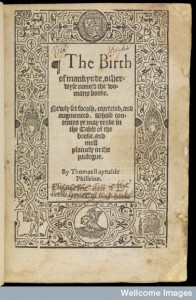 language edition was itself a Latin translation of Rose Garden. This book was a huge best seller across Europe, translated into French, Dutch, Spanish, and even Czech.
language edition was itself a Latin translation of Rose Garden. This book was a huge best seller across Europe, translated into French, Dutch, Spanish, and even Czech.
In 1540 a school master at St Paul’s in London called Richard Jonas translated the Latin edition into English. This version was the first English language midwifery guide. It was published by a printer named Thomas Raynalde – perhaps a relative of the doctor with whom he brought out the next edition who thought the book ripe for improvement from the start Jonas’s text represented. The timing is significant too for it appeared only two years after the publication of Andreas Vesalius’s hugely expensive and exclusive Latin book On the Fabric of the Human Body, but incorporated copies of some of the anatomical diagrams that Vesalius produced. This meant that the 1545 edition of this book was a way of ordinary people seeing these extraordinary drawings – and remember this was the first time in the modern era that humans had been dissected in this way so the drawings were truly remarkable.
The book was brought out and changed in further editions, but from 1560 the text remained more of less stable and remained solidly in print until 1654. It is hard to imagine today a medical book remaining a best-seller for over a hundred years.2
So, to go back to the topic of today’s blog.
What was a doctor doing including beauty recipes in his text book? Well, for a start he wants to be clear that he is not talking about unnatural embellishments – like make-up- that wanton women were reputed to resort to. Raynalde wrote, ‘here mine only meaning is, to show how to remove certain blemishes, and, as it were, weeds of the body, through the which many times the natural beauty thereof is obscured and defaced’.3 Like medics today, Raynalde was happy to help remove unsightly blemishes, and things which made the body unpleasant, but which weren’t necessarily detrimental to health. Significantly, the information is addressed to men and women.
Raynalde’s first recipe was to cure dandruff which he thought was more common in ‘they that have black hair’. He advised the patient to wash and ‘scour’ their head once every ten days with ‘good lye’ or detergent, and then to apply a herbal treatment.4
The next subject was to remove hair which grows in ‘unseemly’ places. An obsession with removing hair from unwanted places is a preoccupation in many magazines nowadays, but you might be surprised to learn that the unseemly places in the sixteenth century were mainly from the hairline of the forehead. The many portraits of women in this period show women with high hairlines which were actually caused by plucking or otherwise removing hair from the head. How fashion changes! One method Raynalde suggested was to ‘take new-burnt lime, four ounces; of arsenic, one ounce. Steep both in a pint of water, the space of two days, and then boil it from a pint to the half’.5 He advised testing the potency of this liquid by dipping a feather in it to see if the plumes fall off easily. If they do, then pop this lotion on any place you’d like to be bare of hair for a quarter of an hour.
Other cures included those for freckles (again out of fashion at this time) and spots, warts, and hard skin. He them moved on to how to keep teeth clean. Raynalde said that if the teeth had become very stained then you should go to a barber and have him scour and pick them clean for you. Otherwise he suggested using a toothpick daily to
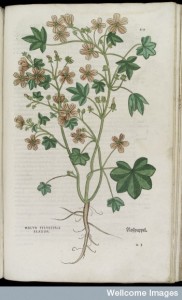
make sure no food was stuck to the tooth and rubbing them with the root of a mallow each morning.6 This advice is followed by cures for ‘stinking breath’ which he said were mostly caused by dirty teeth.7
The last cure is for body odour, BO, or as Raynalde termsed it, ‘the Rank Savour of the Armhole’. This condition is described as a ‘vice in many persons [which] is very tedious and loathsome’.
These prescriptions show that what early-modern people considered undesirable in their personal appearance is very similar today’s concerns: clean teeth, clear skin, and pleasant smelling. This casts into sharp relief the idea, as asserted by some that people throughout history were all dirty and smelly with rotten teeth!
Dr Sara Read is a teacher in the English department at Loughborough University, England. She currently holds a Post-doctoral Fellowship from the Society for Renaissance Studies. Sara is co-editor, along with two colleagues, Rachel Adcock and Anna Warzycha, of an anthology of seventeenth-century women’s writing which will be published by Manchester University Press in 2013. Sara has an article in Issue 2 of Discover Your Ancestors published in February 13 on the topic of using medical casebooks such as those of Dr Woodward as a genealogy aid.
_____________________________________
1 Thomas Raynalde, The Birth of Mankind: Otherwise Named the Woman’s Book, ed. by Elaine Hobby (Aldershot: Ashgate, 2009), p. 196.
2 Ibid. Introduction.
3 Ibid, p.197.
4 Ibid, p. 198.
5 Ibid, p. 199.
6 Ibid, p. 201.
7 Ibid, p. 202.
8 Ibid, p.202.
© Copyright Sara Read all rights reserved.
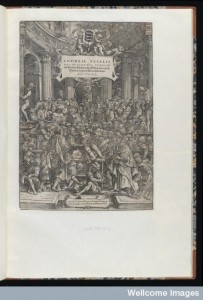

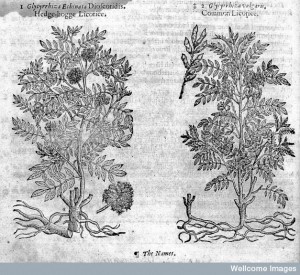
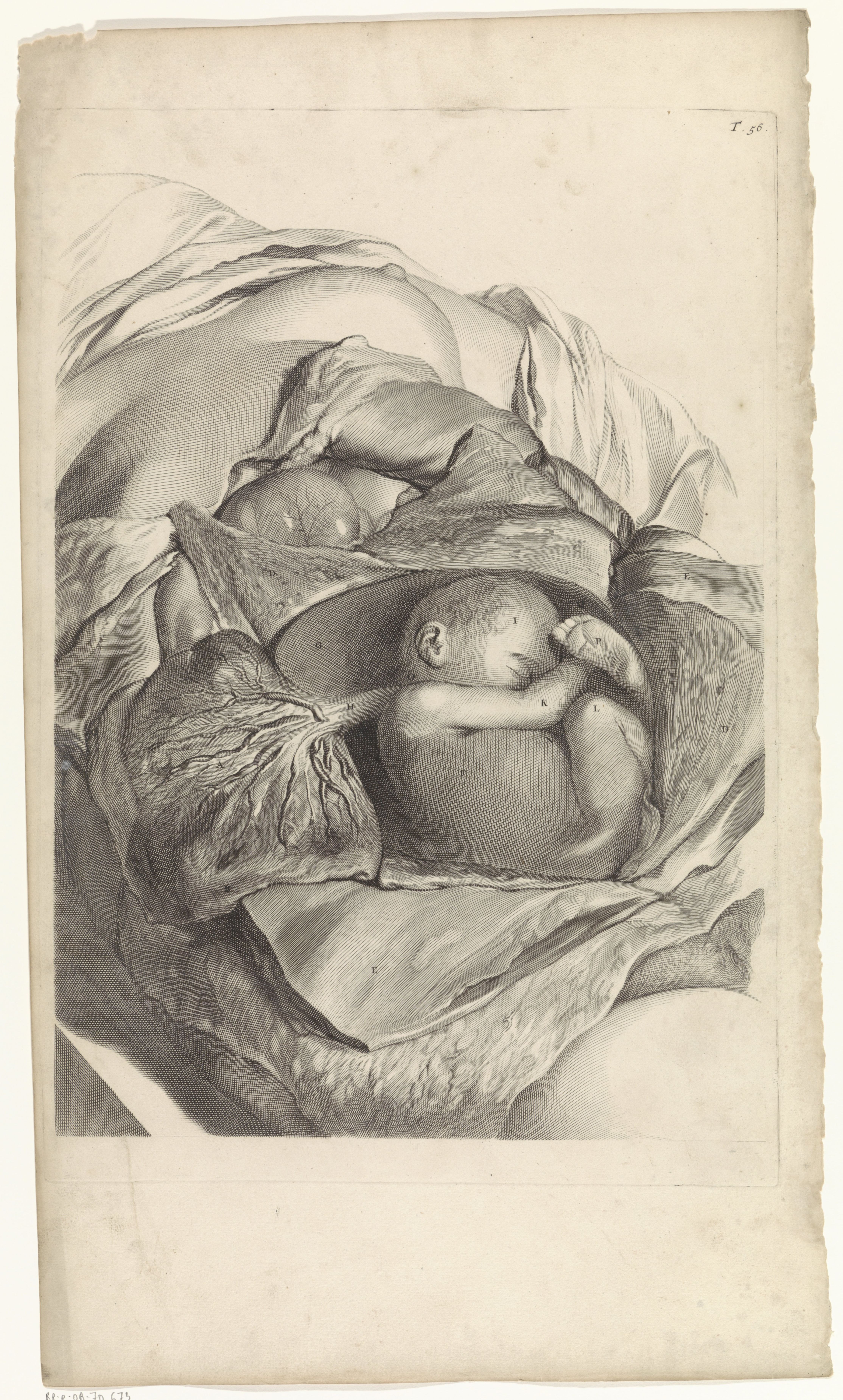
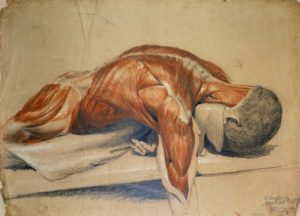
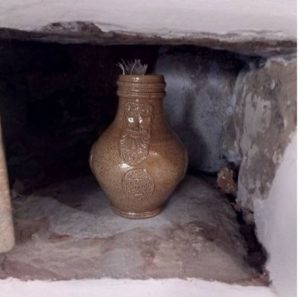
“this was the first time in the modern era that humans had been dissected in this way”
What does this mean? “First time.” “Modern era.” “This way.”
Surely not that dissection had been neglected for the whole period from Herophilus and Erasistratus until Vesalius. Human dissection was practised at universities long before Vesalius’ work.
Is a distinction being drawn between the methods of Vesalius and those of his teachers and predecessors, in university dissections going back to Mondino? Perhaps that Vesalius was both the lecturer and the operator. Or that Vesalius had an interest in demonstrating the errors of Galen rather than merely displaying the handiwork of God? Indeed, his own handiwork, and his own hand, were emphasized by Vesalius.
I think the author intended to highlight that change of practice not to say that anatomical dissection had not been carried out at all in the intervening period.
Hi David,
Sorry for not being clear enough. I did indeed mean the change of practice. By modern era I mean post-medieval.
The culture of the dissection of humans in the way that Vesalius did it was new, not least because of the fact that such detailed anatomical drawings were made and published. This means that even if dissections were practiced in other parts of the world between the ancient times and the modern era, the results weren’t published like they were in Vesalius’s text. This is the reason that Vesalius is sometimes referred to as the ‘father of modern anatomy’.
Dissection in this way was illegal in England until the fifteenth century and so the inclusion of these drawings in a 1545 text -only two years after Vesalius published them was revolutionary. They disproved some of the beliefs of Galen, for example, that up until then medics seem to have accepted almost without question, and given the expensive of On the Fabric of the Human Body it is very likely that Raynalde’s plates would have been the first access to the inner working of the human body for physicians and lay people alike.
Sara
Fine. Just wondered.
As Andrew Cunningham has argued, there were various different projects among the anatomists, and Vesalius does seem to have broken from the traditions of his predecessors. Of course, they did not have access to the same kind of print technology. The illustrations of Berengario da Carpi’s commentary are very different from those of Vesalius.